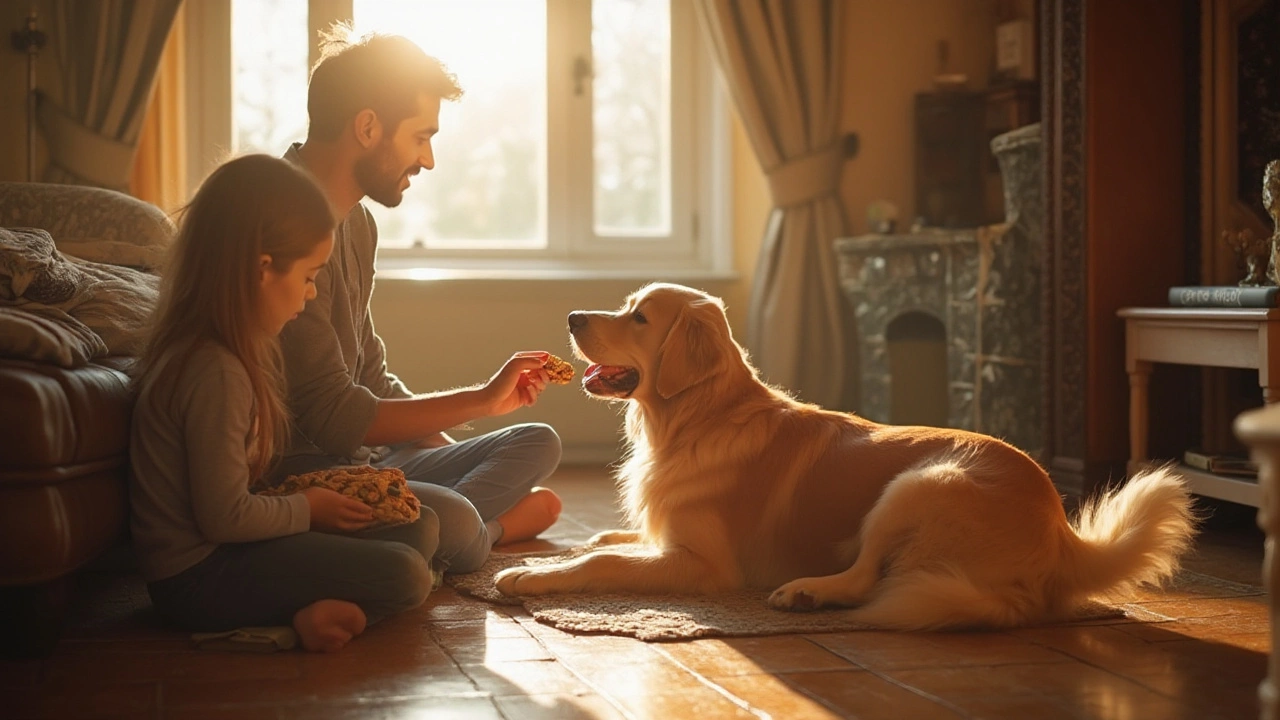Pet Training Tips: Quick Wins for a Calm, Happy Dog
We all want a dog that listens without the drama. The good news? You don’t need a fancy course or expensive gear – just a few practical tricks you can start today.
Everyday Training Hacks
Start each session with a clear cue, like "sit" or "watch me," and reward immediately. A tiny treat or a burst of praise works better than a long lecture. Keep sessions short – five to ten minutes is ideal – because dogs learn best when they’re focused, not bored.
If your pup barks at the door, first figure out why. Is it excitement, fear, or a need to protect? Once you know the cause, redirect the energy. For example, ask for a "sit" the moment the doorbell rings, then give a treat when they hold the position. Over time the behavior replaces the bark.
Teaching "no" isn’t about scolding; it’s about consistency. When your dog does something you don’t want, calmly say "no" in a firm voice, then guide them to an acceptable action and reward it. Repeating this pattern helps them understand the difference between "stop" and "good job."
Use a gentle training collar only if you’re advised by a professional. Most dogs respond just fine to a well‑timed clicker or a simple vocal cue. The goal is to reinforce the right behavior, not to punish.
Tackling Common Problems
Jumping on guests? Ask your dog to "sit" as soon as the door opens. Reward the sit and ignore the jumps. If they keep trying, step back and give them a brief timeout – a few seconds in a quiet room – then try again. Consistency is key.
Chewing? Offer a safe chew toy the moment you see them eyeing a shoe. Praise them when they pick the toy instead. Rotate toys every few days to keep interest high.
Remember, every dog learns at its own pace. If a tip isn’t clicking after a week, tweak the approach – maybe a higher‑value treat or a quieter environment.
Finally, celebrate small wins. A quick "good job" after a correct response builds confidence and makes training feel fun for both of you. Keep the vibe upbeat, stay patient, and watch your pup transform into the well‑behaved companion you’ve imagined.

Understanding the 90/10 Rule in Effective Dog Training
The 90/10 rule in dog training is a concept that emphasizes the importance of consistent and rewarding interactions between dogs and their owners. This principle states that 90% of training should be based on positive reinforcement while the remaining 10% can involve the correction of undesirable behaviors. By focusing largely on positive actions and behaviors, you nurture trust and strengthen the bond with your pet. This approach is scientifically backed and encourages a cooperative relationship rather than a combative one.
View more